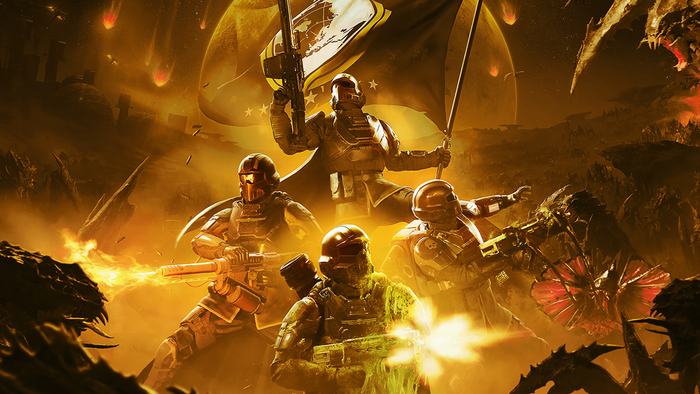Alien: Isolation Technical Observations
Technical Observations of Alien: Isolation.

I recently had time to do something I do not often get the opportunity to do: invest a lot of time into playing and appreciating a game. As luck would have it, Alien: Isolation was released just as I began looking around. Being a huge Alien series nerd, I jumped at the chance to play what looked like a terrific game. I thoroughly enjoyed the titular campaign, and have jumped into the Crew Expendable and Last Survivor DLCs for a few minutes each to see what they were all about. I was not disappointed. This is not, however, a blog for me to nerd gush. This article will contain a few observations about technical choices that designers and/or programmers made that I find interesting.
Smoke
I knew I had to write an article about Alien: Isolation after observing the smoke created by this explosion. As the player stand up, you can see through the smoke's little trick. As the camera rotates, so does the image of the smoke. This rotation gives us a little peek behind the curtain as to how these smoke entities work. As the video continues, you can observe static smoke images fading in and out of existence. Each smoke volume/area seems to exist of 3-5 of these images at a time. Depending on where you are standing these images show smoke at different angles in a "billboard" style (as flat images always facing the camera) and moving or changing size in the direction of smoke travel. As the player enters the smoke volume/area, the images all fade away to allow the player to see. It's a very neat system that I may not have seen through had it not been for the camera rotation.
Xenomorph A.I.
I can't write an article about this game without discussing the A.I. After a few missions to get you into the atmosphere and narrative, the Xenomorph (The Alien) is your constant companion for the rest of the game. Since players have such prolonged contact with The Alien, the A.I. can not follow scripted sequences. As one developer said, "As soon as the player can detect a pattern in The Alien, it stops being scary." Instead of strict scripted paths, therefore, The Alien follows a set of rules I will refer to as "senses" in order to decide where to search for the player. Since a Xenomorph's exact senses are not well established, I will use human senses as analogy for the purpose of this list.
Smell - The Alien A.I. can be put into some relatively large areas during the campaign, but it always appears to stay close to the player. For lack of a better term, I have been referring to this as abounded free roam. One of the rules that the A.I. follows is to steer back towards the player if its path strays too far.
Hearing - Run, bang your wrench on a surface, or throw a noisemaker. The Alien will head towards in-game sounds to investigate.
Sight - Sight trumps all the senses. If The Alien sees a flashlight beam or a player out of cover it immediately charges. What smell and hearing started, sight finishes.
Add to this system the fact that the Xenomorph can quickly travel any path the player can as well as its own sprawling vent system, and we get a very interesting set of experiences. Instead of exploiting A.I. weakness, I felt that I was outsmarting an animal when I was navigating this game.
Training the Player
The last neat design choice that I will touch on is how Alien: Isolation trains the player. Through the main campaign the player must achieve tasks such as starting generators, throwing switches, and hacking computers using certain button sequences in quick-time events. Throwing a two handed switch, for example, is achieved by pressing down the left and right mouse buttons followed by the 's' (down movement) key. When the player first encounters a switch I was in a safe environment. They have time to learn the mechanic by practicing a few times before moving on. In the later sequences with the Xenomorph breathing down their neck, that training is put to the test. I personally was throwing switches without needing to think about the button combinations later into the game. This training technique was applied to a variety of switch types and to the different hacking sequences. With The Alien on the hunt, the player has to consider how long it will take them to hack a door or start a generator. In those moments the player is vulnerable, but I think that the designers did a terrific job of training the player to know how long these sequences will take them. To me, this training on game mechanics increased the immersion dramatically.
This article was originally written for my personal blog located at JackPritz.com/blog.html. At the suggestion of readers I am republishing it here for a wider audience. If you like this article please consider checking out other articles I have written there.
Read more about:
BlogsAbout the Author(s)
You May Also Like













